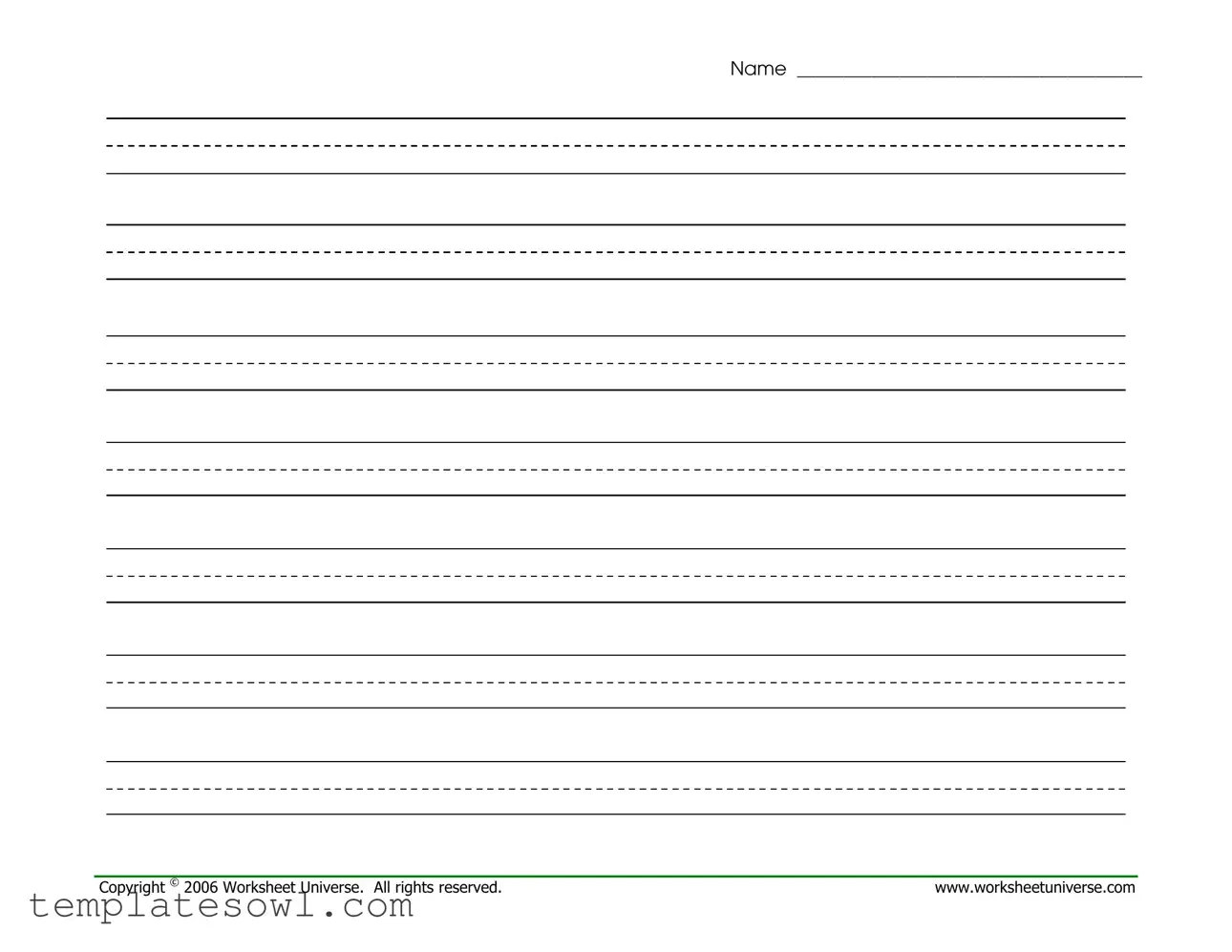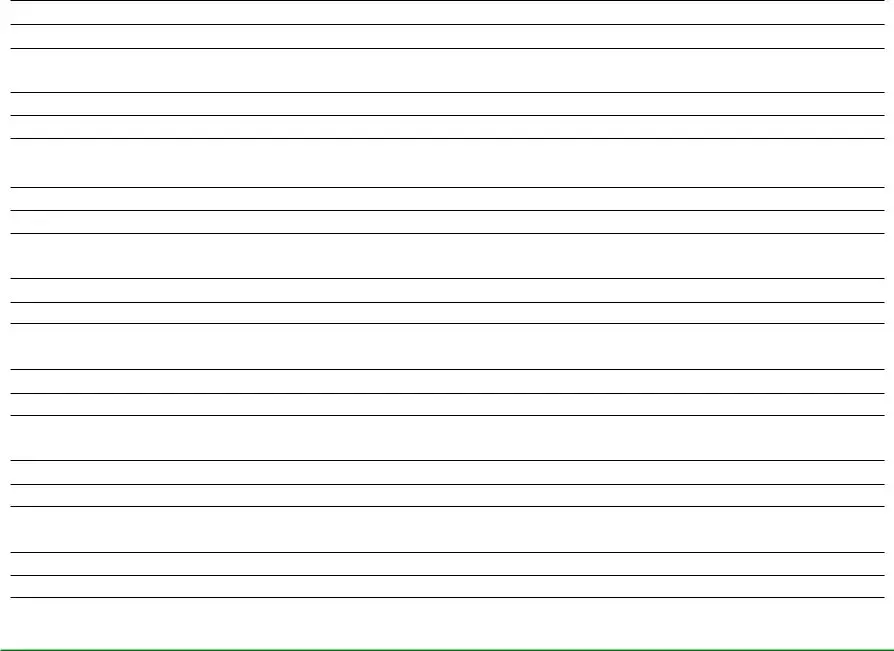Filling out the Handwriting Sheet form can seem straightforward, but there are common mistakes that many people make. One prevalent issue is skipping the name section at the top. This may seem minor, but without a name, it becomes difficult to identify whose work is being evaluated or reviewed.
Another mistake is not using the provided midline as a guideline. The dotted or dashed line helps with the height of lowercase letters. Ignoring this can lead to inconsistent letter sizing, which can hinder the development of effective handwriting.
Many individuals also forget to start each letter in the correct position. For cursive writing, the flow of letters is crucial. If the starting points are incorrect, the resulting letters may not connect properly, making the text harder to read.
Additionally, some people rush while writing, leading to messy or illegible letters. Taking time to write slowly and deliberately can significantly improve handwriting quality. Encouragement of this practice can be pivotal for those learning.
Leaving too much or too little space between letters is another common error. Proper spacing ensures readability. When letters are too close together, they can blend into one another; too much space makes the writing look disjointed.
Inconsistent pencil pressure is also a mistake people often make. Whether a person is pressing too hard or too softly can affect the clarity and uniformity of the letters. Finding a balance in pressure can enhance overall presentation.
Many users overlook the importance of maintaining line alignment. If letters drift above or below the horizontal lines, it can disrupt the flow of the writing. Paying close attention to alignment helps maintain a neat appearance.
Some individuals may assume that practicing on any piece of paper will suffice. However, using the Handwriting Sheet form with its structured lines and guides provides a framework for improvement, making practice much more effective.
Finally, neglecting regular practice leads to slower progress. Like any skill, consistency is key in handwriting improvement. Set aside time daily to practice on the sheet, and you’ll notice a positive change in your writing style.

